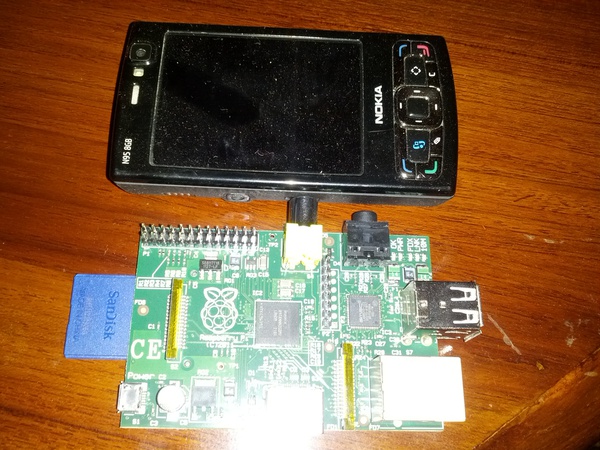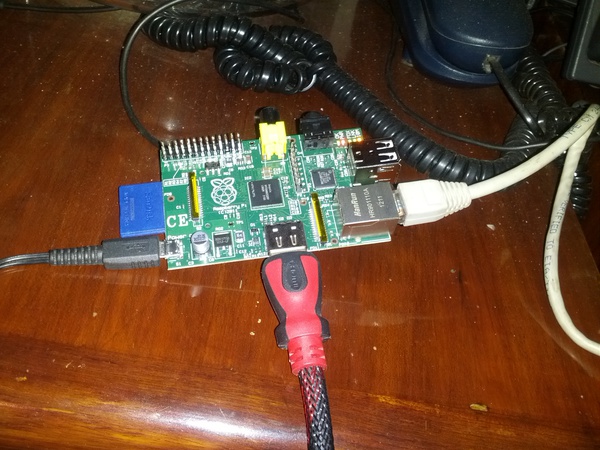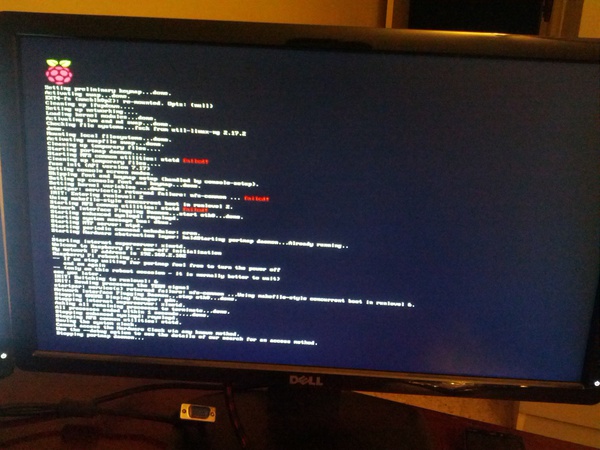One of the use cases I had for the Pi was to use it as a portable thin client that could connect to a Windows server using Citrix. After a little experimentation I managed to get Citrix installed on the Pi and was able to connect to a Windows server successfully and work. I documented the steps I followed to get this to work on the RaspberryPi forum, check out the Tutorial (How to get Citrix working on a RaspberryPi) if you are interested.
Getting Citrix working was a positive thing, other than that I spent some time trying to install my Wireless network dongle (3Com OfficeConnect Wireless. Model # 3CRUSB10075) on the Pi and hit some hurdles in the process. If you remember the last time when I tried this I thought the problem was caused because the card was pulling more power than the Pi could provide. So I went and got a Belkin powered USB hub (I needed it anyways as I need to connect more than 2 USB devices to the Pi).
When I initially plugged in the hub everything seemed to work without issues and the keyboard + mouse I had connected to the hub worked without issues. So I plugged in the wireless dongle, as soon as I plugged it in my mouse and keyboard both stopped working. I then unplugged the dongle and both the mouse & keyboard started working again. I then plugged the keyboard directly on the Pi and the dongle on the hub, now the keyboard worked but the mouse had issues. Looking at the /var/messages log I saw a ton of error messages like the following:
Jun 21 18:10:46 raspberrypi kernel: DEBUG:handle_hc_chhltd_intr_dma:: XactErr without NYET/NAK/ACK Jun 21 18:10:46 raspberrypi kernel: Jun 21 18:10:46 raspberrypi kernel: DEBUG:handle_hc_chhltd_intr_dma:: XactErr without NYET/NAK/ACK Jun 21 18:10:46 raspberrypi kernel: Jun 21 18:10:46 raspberrypi kernel: DEBUG:handle_hc_chhltd_intr_dma:: XactErr without NYET/NAK/ACK Jun 21 18:10:46 raspberrypi kernel: Jun 21 18:10:46 raspberrypi kernel: DEBUG:handle_hc_chhltd_intr_dma:: XactErr without NYET/NAK/ACK
Tried a few things but nothing worked and since it was 3:30 in the morning I gave up and crashed for the day. Will try again when I have had some sleep and get some dedicated time to play with the Pi.
– Suramya


